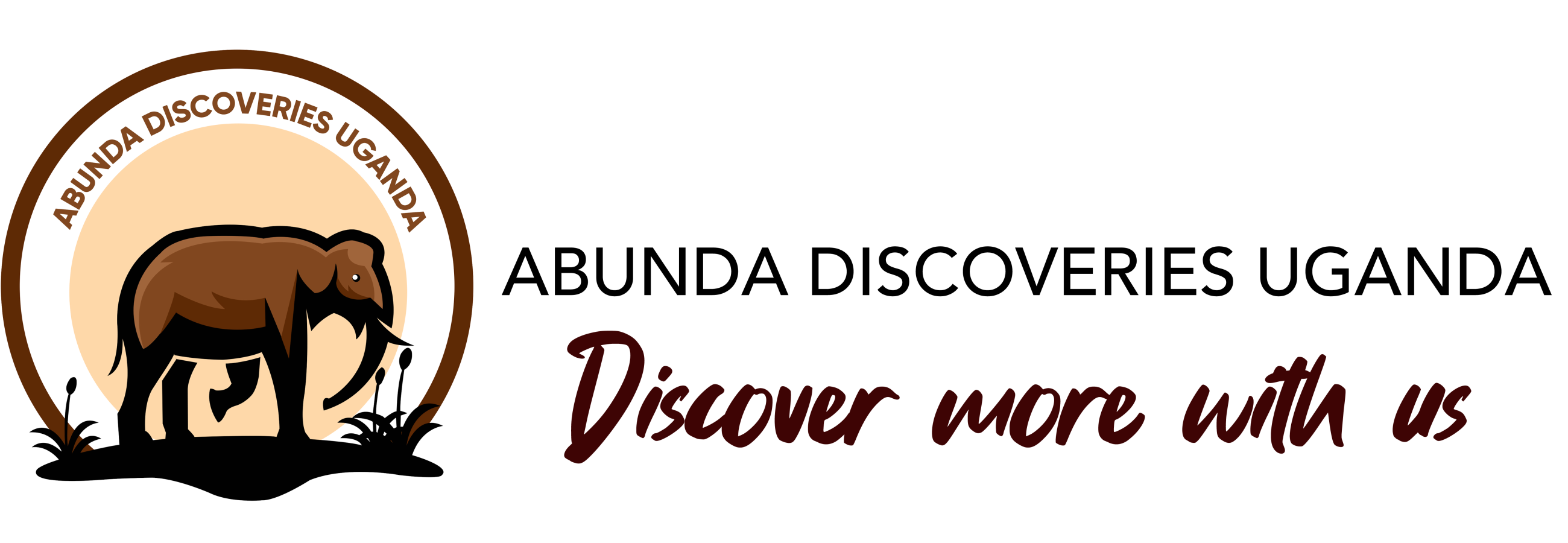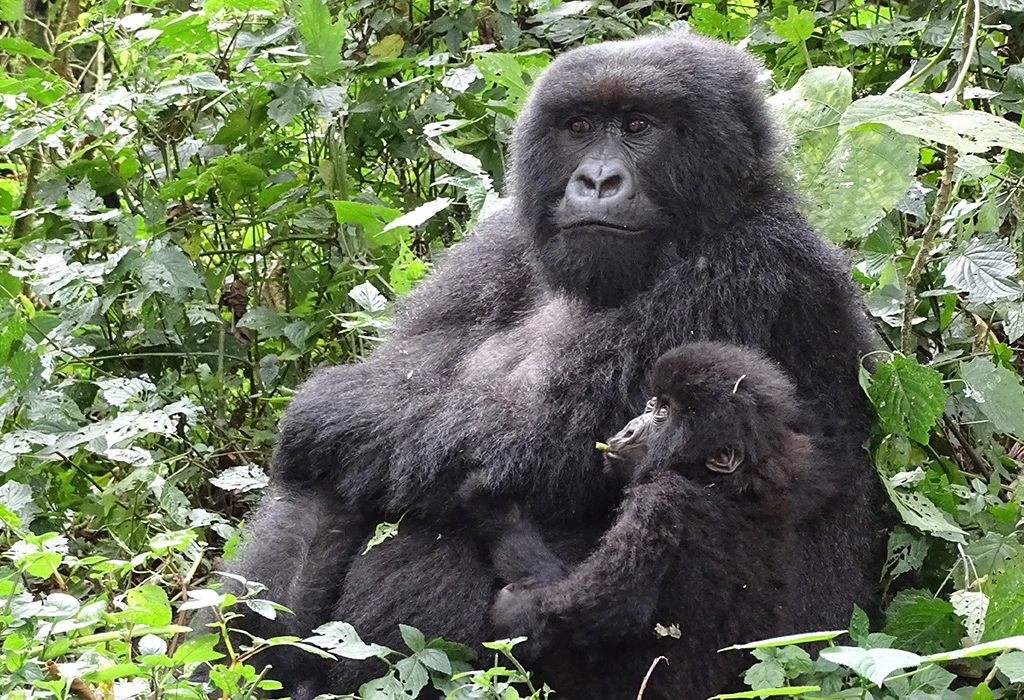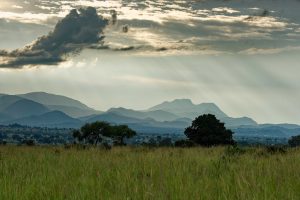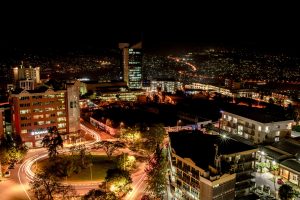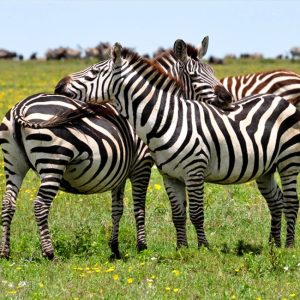Absolutely. Rwanda, often referred to as the “Land of a Thousand Hills,” is most famous for its life-changing gorilla trekking experiences in Volcanoes National Park. However, if you’re wondering whether you can combine gorilla trekking with other activities in Rwanda the answer is a resounding yes. In fact, planning a multi-activity trip not only enhances your Rwandan experience but also offers a fuller understanding of this fascinating country’s nature, history, culture, and modern transformation.
In this detailed guide, you’ll learn how to pair your gorilla trek with other must-do activities in Rwanda, how to structure your itinerary, and why Rwanda is one of Africa’s most seamless and rewarding destinations for adventure travelers, nature enthusiasts, and cultural explorers alike.
Why Combine Gorilla Trekking with Other Activities in Rwanda?
While gorilla trekking is undoubtedly the highlight for many visitors, the trek itself only lasts a day—or two, if you purchase an additional permit. Given the cost of the permit (currently $1,500 per person), flights, and logistics, most travelers opt to build out a richer itinerary that balances adventure, education, and relaxation. The beauty of Rwanda lies in its compact size and excellent infrastructure, making it easy to explore the entire country in just a few days.
Combining activities allows you to:
- Maximize your travel investment
- Discover Rwanda’s full tourism potential
- Experience diverse landscapes, from rainforest to savannah
- Engage with modern Rwandan culture and history
Whether you’re looking to relax by a lake, go on safari, immerse in local traditions, or learn about Rwanda’s remarkable post-genocide recovery, the options are plentiful.
What Can You Combine With Gorilla Trekking in Rwanda?
Visit Nyungwe National Park for Chimpanzee Trekking
After the emotional and powerful encounter with mountain gorillas in Volcanoes National Park, head south to Nyungwe Forest National Park, home to 13 primate species including chimpanzees. The park offers:
- Chimpanzee trekking in Cyamudongo and Uwinka sectors
- Canopy walkway tours suspended above the forest
- Nature walks and birdwatching, with over 300 bird species
This park is ideal for those seeking biodiversity and a sense of untouched wilderness.
Go on Safari in Akagera National Park
For classic big-game wildlife viewing, Akagera National Park delivers. Located in eastern Rwanda along the Tanzanian border, Akagera is Rwanda’s only savannah park and features:
- The Big Five: lions, elephants, buffaloes, leopards, and rhinos
- Boat safaris on Lake Ihema to see hippos, crocodiles, and waterbirds
- Scenic game drives through rolling plains and woodlands
It’s the perfect way to balance your itinerary with traditional safari game viewing.
Explore Kigali: A Modern African Capital
Do not skip Kigali. This clean, safe, and progressive city is an essential part of the Rwandan story. Plan to spend at least a day exploring:
- The Kigali Genocide Memorial, a deeply moving and educational museum
- Inema Arts Center, a hub of local creativity and cultural expression
- Kimironko Market, for a taste of daily life and local cuisine
- Cafés and restaurants, showcasing Rwanda’s emerging culinary scene
Kigali is also your international arrival point, so it’s both convenient and enriching.
Relax by Lake Kivu
After trekking through the mountains and forests, unwind at Lake Kivu, one of Africa’s Great Lakes. The lakefront towns of Gisenyi (Rubavu), Kibuye (Karongi), and Cyangugu (Rusizi) are serene, scenic, and perfect for:
- Kayaking or boat cruises along the calm waters
- Swimming and beach relaxation
- Coffee plantation tours in the surrounding hills
- Sunset views and peaceful lakeside accommodations
Lake Kivu is located conveniently between Volcanoes and Nyungwe National Parks, making it an ideal place to pause and rejuvenate.
Experience Rwandan Culture and Community Tourism
Rwanda offers authentic and respectful cultural experiences that allow visitors to connect with local communities:
- Visit Iby’Iwacu Cultural Village near Volcanoes National Park to learn about traditional Rwandan lifestyles
- Join a banana beer brewing demonstration or basket weaving workshop
- Attend traditional music and dance performances showcasing Rwanda’s heritage
- Explore historic sites like the King’s Palace Museum in Nyanza and the Ethnographic Museum in Huye (Butare)
These interactions add depth and humanity to your travel experience.
How to Structure a Combined Itinerary
Here’s a sample one-week itinerary combining gorilla trekking with other key highlights:
Day 1: Arrival in Kigali – city tour and Genocide Memorial
Day 2: Transfer to Volcanoes National Park – optional cultural visit
Day 3: Gorilla trekking – overnight in Musanze or Lake Kivu
Day 4: Transfer to Nyungwe Forest via Lake Kivu – overnight in Karongi
Day 5: Chimpanzee trekking and canopy walk in Nyungwe
Day 6: Transfer to Akagera National Park
Day 7: Game drives and boat safari in Akagera
Day 8: Return to Kigali and departure
This itinerary can be expanded to 10–14 days for a more relaxed pace or adjusted based on flight schedules and personal interests.
When is the Best Time to Visit Rwanda?
The best times to visit are during the dry seasons:
- June to September
- December to February
These months offer better trekking conditions and clearer views. Gorilla trekking operates year-round, but trails are more manageable during dry weather. Akagera also offers better wildlife visibility during the dry season.
The rainy seasons (March to May and October to November) are still possible for travel, often with fewer crowds and lush green scenery, but some areas may become harder to access.
Tips for Combining Activities with Gorilla Trekking
- Book your gorilla permits early, as they are limited and sell out, especially in peak months.
- Use a trusted local tour operator to help arrange transport, lodging, and activities.
- Pack accordingly for different climates: warm layers for Volcanoes and Nyungwe, and lighter clothes for Akagera.
- Stay at least two nights in areas where major activities occur, especially gorilla and chimpanzee trekking zones.
- Build rest days or light activity days into your schedule—trekking can be physically demanding.
Final Thoughts
So, can you combine gorilla trekking with other activities in Rwanda? Unequivocally yes—and doing so reveals the country’s full splendor. From rare mountain gorillas in misty volcanoes to savannah lions, rainforest chimps, shimmering lakes, and vibrant cities, Rwanda is more than a single experience. It’s a mosaic of landscapes, cultures, and conservation successes.
With smart planning and a well-rounded itinerary, you can turn your gorilla trekking trip into a comprehensive journey that captures the soul of Rwanda. Whether you’re seeking adrenaline, connection, reflection, or all of the above, Rwanda invites you to go deeper, explore further, and leave transformed.
